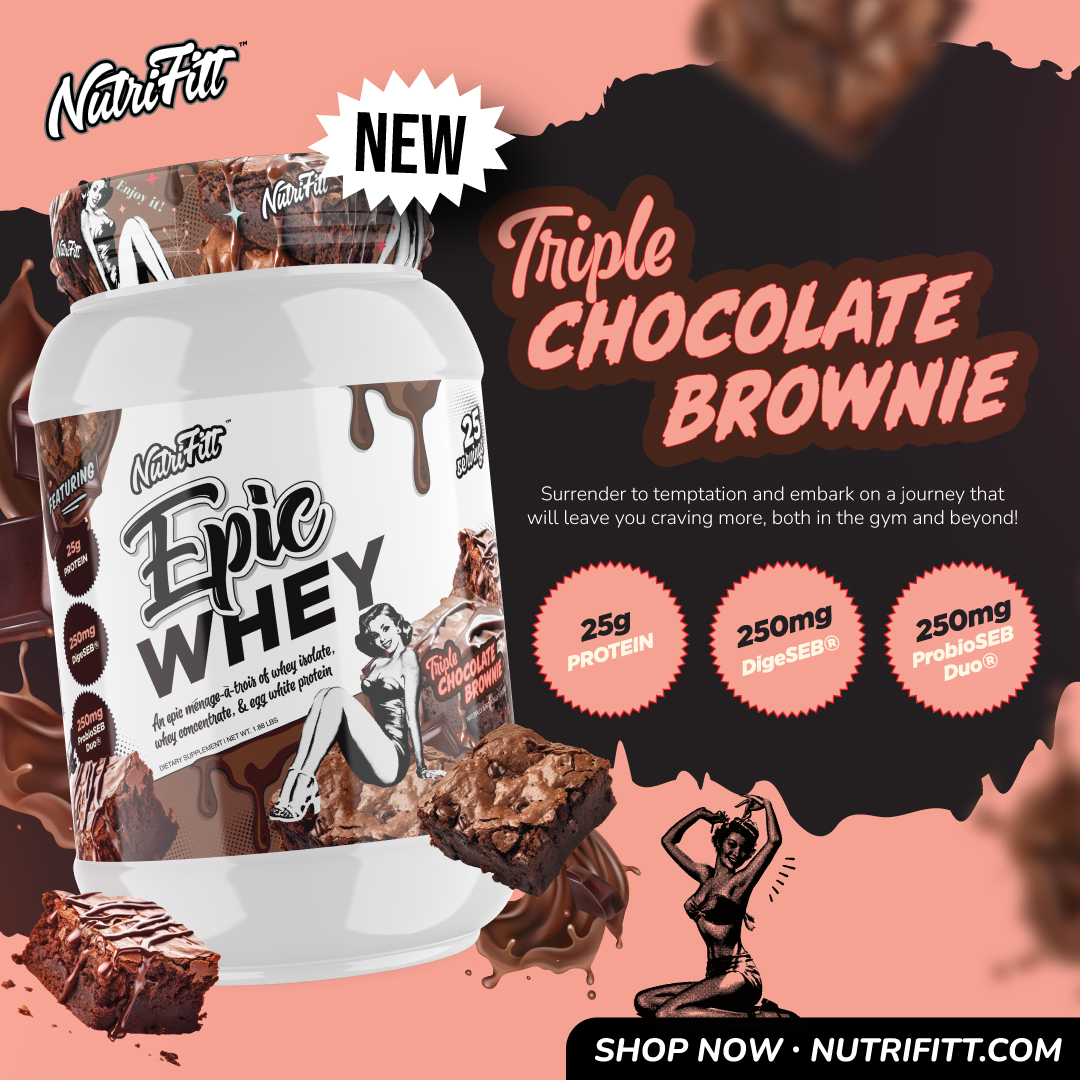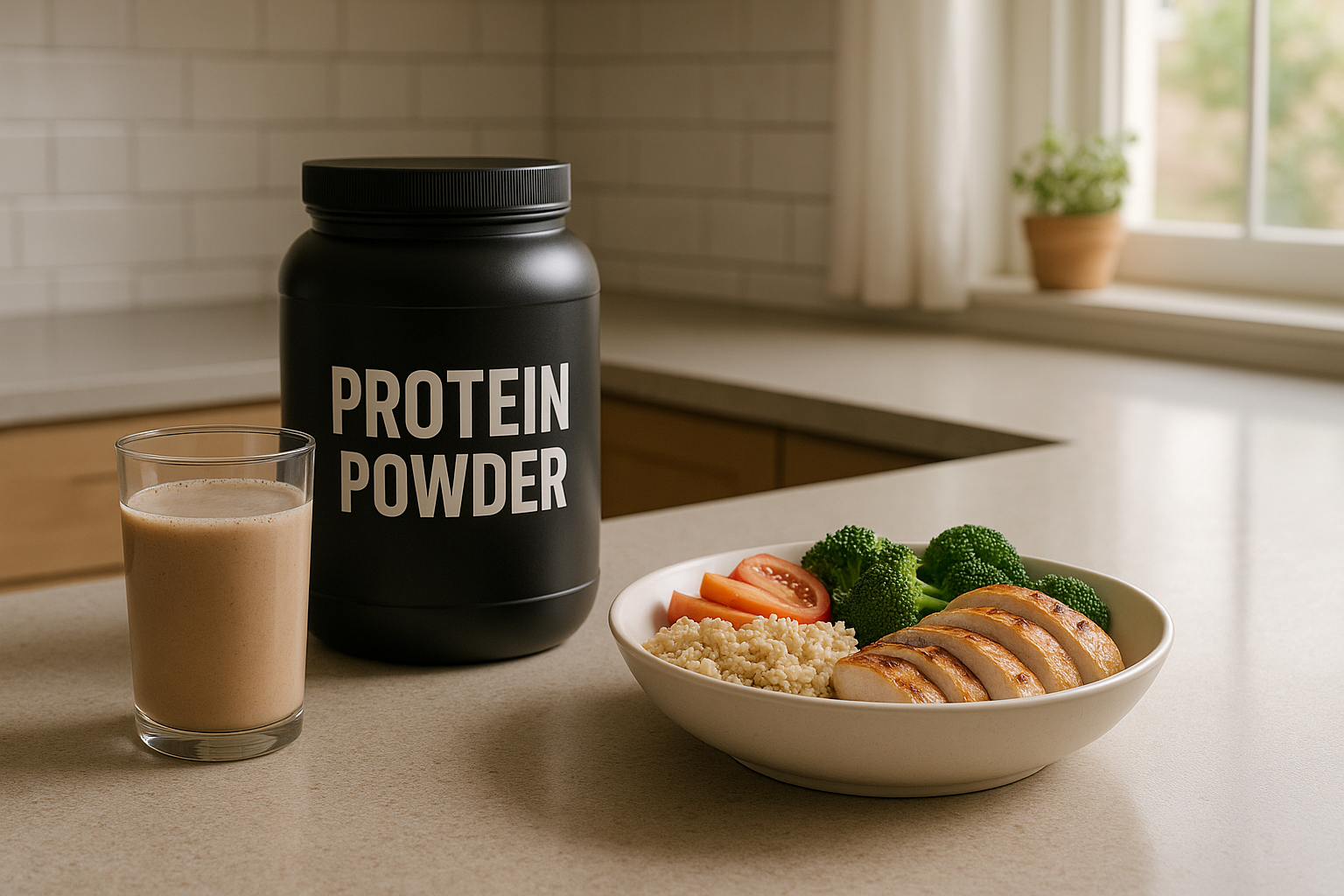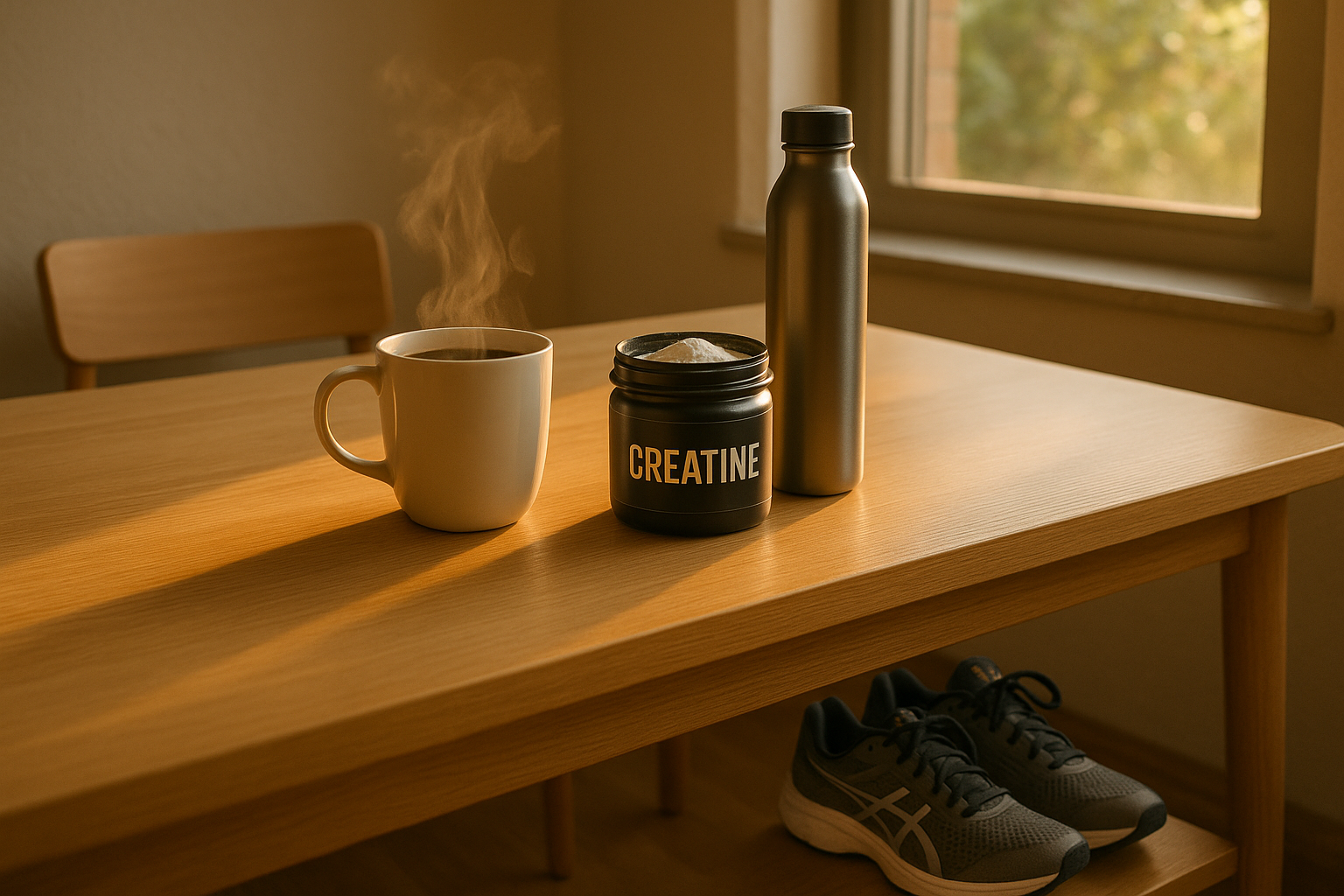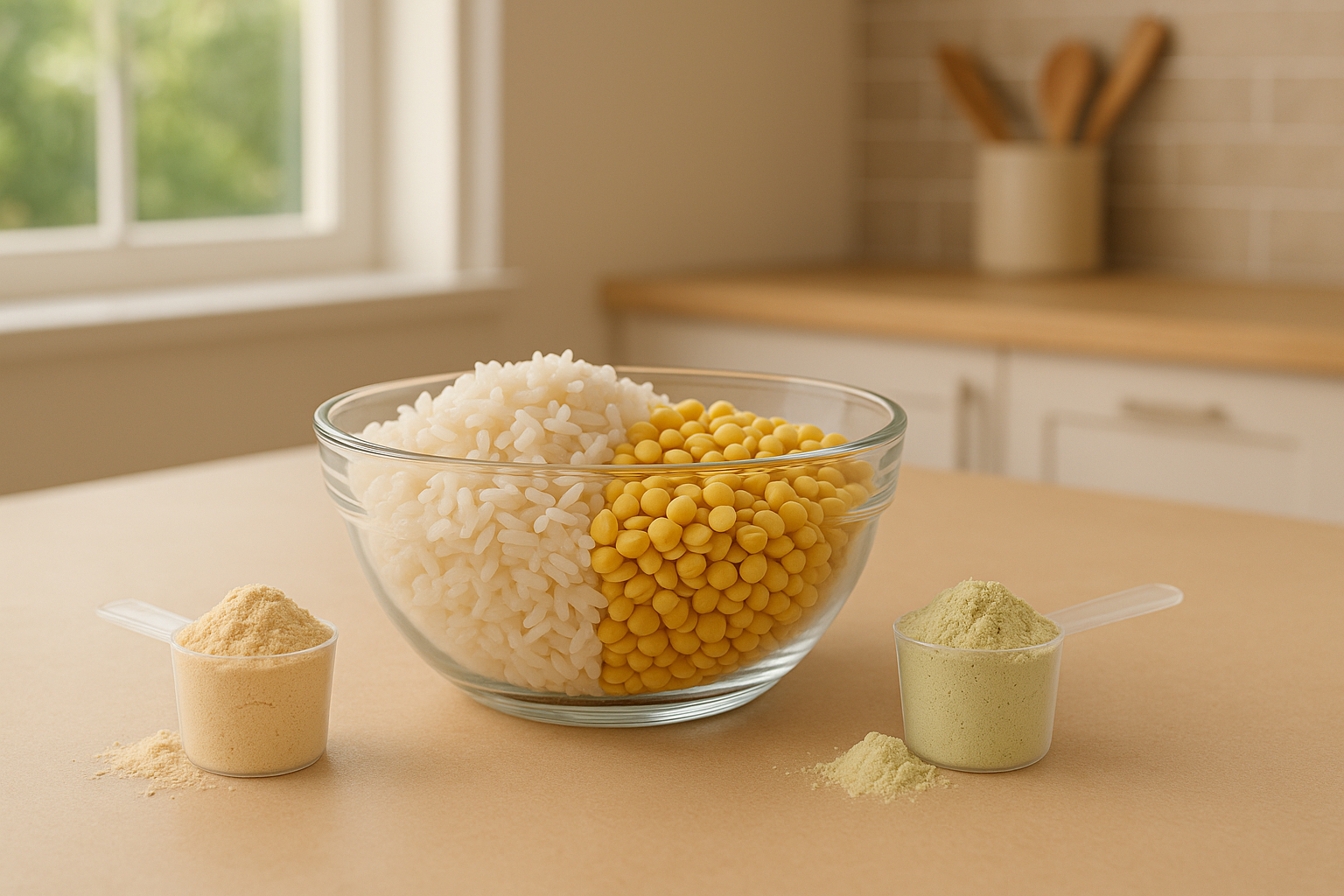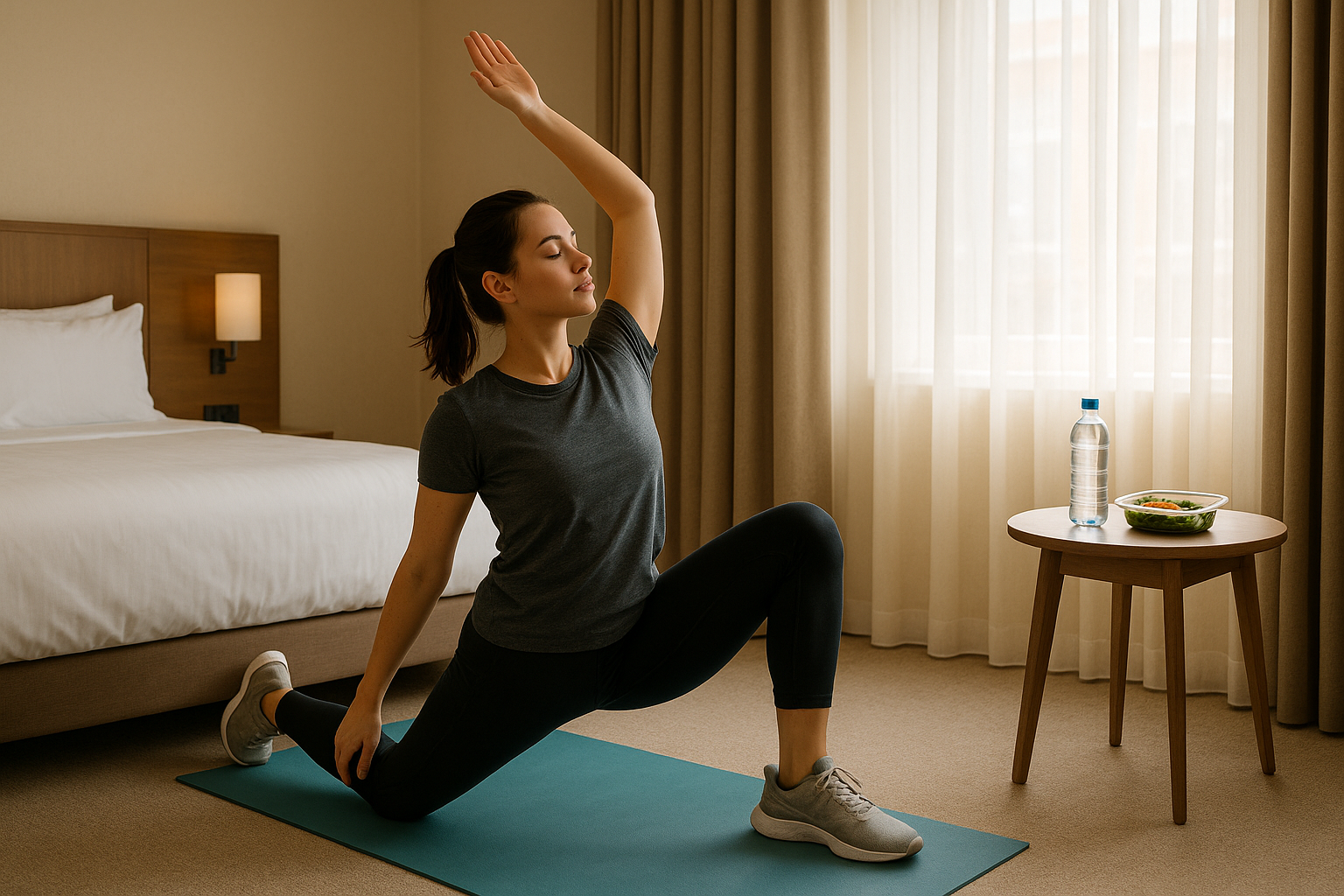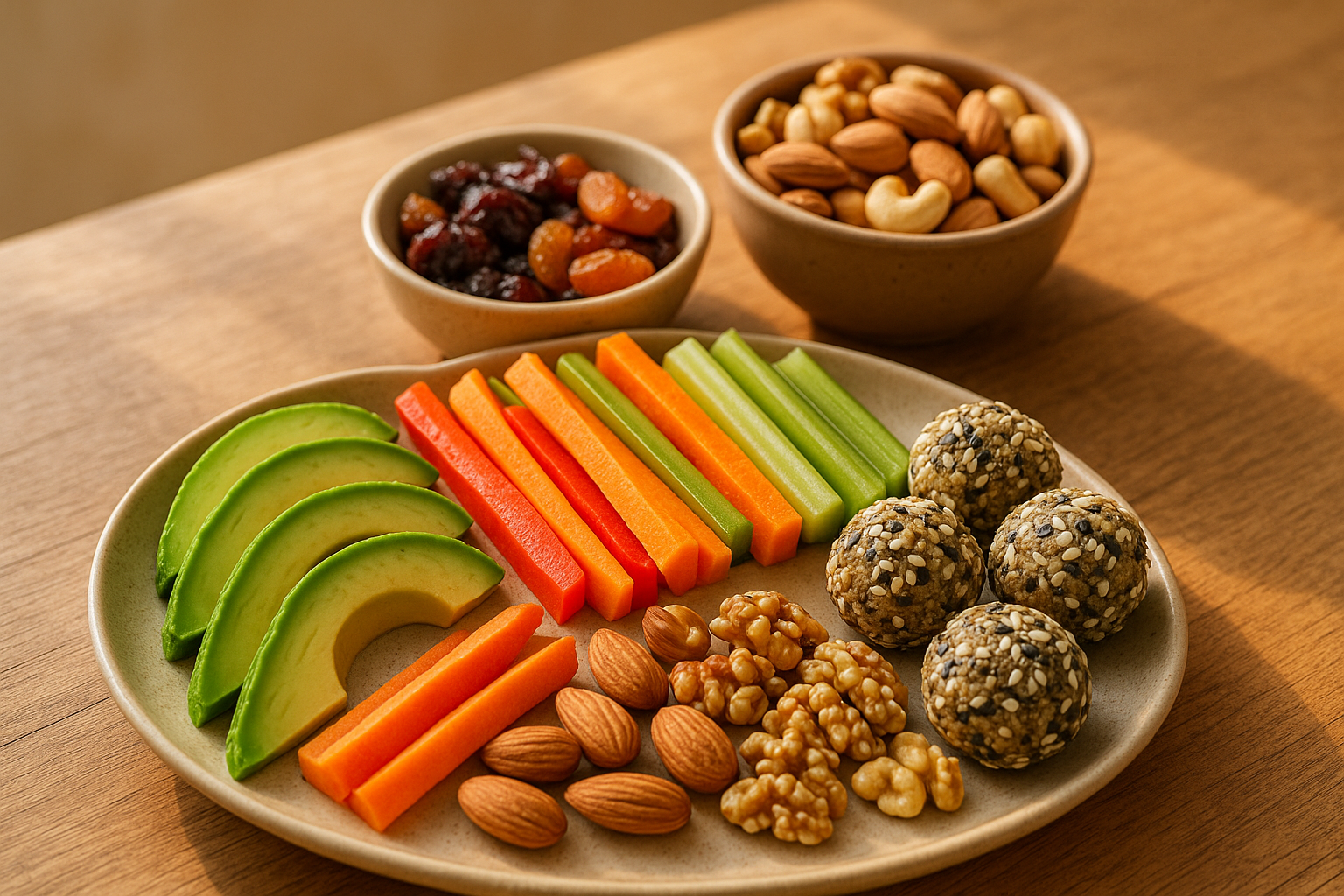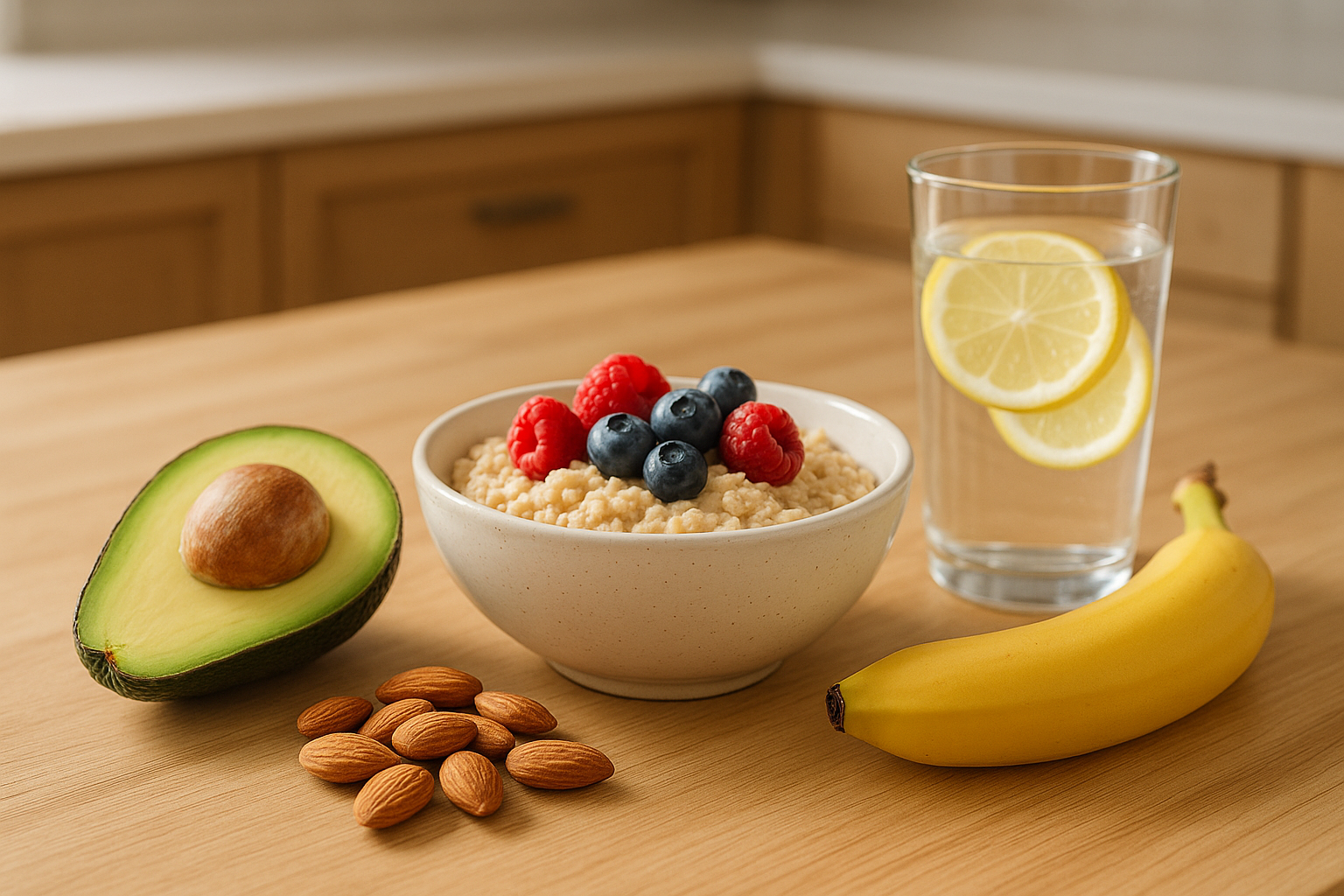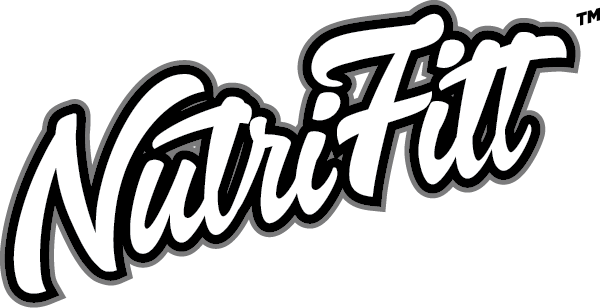
Breaking It Down: What is a Workout Split?
Workout splits are a strategic way to organize your exercises and target different muscle groups on different days, ensuring that each muscle group gets the attention it needs to thrive. By understanding the concept of a workout split and implementing it into your fitness routine, you can experience significant improvements in muscle growth, strength, and overall fitness. NutriFitt will break down the what, why, and how of workout splits and set you on the path to more efficient and effective workouts.
Key Takeaways: Understanding Workout Splits
- A workout split is a way to divide your training routine to target different muscle groups on different days, maximizing muscle stimulation and recovery.
- Different types of workout splits include upper/lower split, push/pull/legs split, full-body split, and bro splits, each catering to individual goals and schedules.
- Benefits of workout splits include enhanced muscle recovery, improved performance, increased training frequency, and customization and flexibility.
Have you ever walked into the gym, pumped and ready to lift, only to find yourself overwhelmed by the multitude of exercises to choose from? This is where understanding the concept of a workout split can be a game-changer for your fitness routine.
Understanding the Concept of a Workout Split
At its core, a workout split is a way to divide your training routine to target different muscle groups on different days. Instead of bombarding your entire body with a mishmash of exercises, a split allows you to focus on one or a few muscle groups per session. This method is not just a way to structure your time in the gym. It's a strategic approach to maximize muscle stimulation and recovery.
Benefits of Workout Splits
Adopting a workout split can significantly enhance your training outcomes. Here are some of the key benefits you might experience:
- Enhanced Muscle Recovery: Workout splits target specific muscle groups on different days, allowing each group ample recovery time before the next training session.
- Improved Performance: By concentrating on one or a few muscle groups per session, you can focus all your energy on those areas.
- Increased Training Frequency: Splits enable more frequent training without overloading any single muscle group.
- Customization and Flexibility: Workout splits are adaptable to individual goals, schedules, and preferences.
Different Types of Workout Splits
When crafting your workout routine, consider the variety of splits available. Each type has its own unique benefits and can be adapted to your personal goals and schedule.
Upper/Lower Split
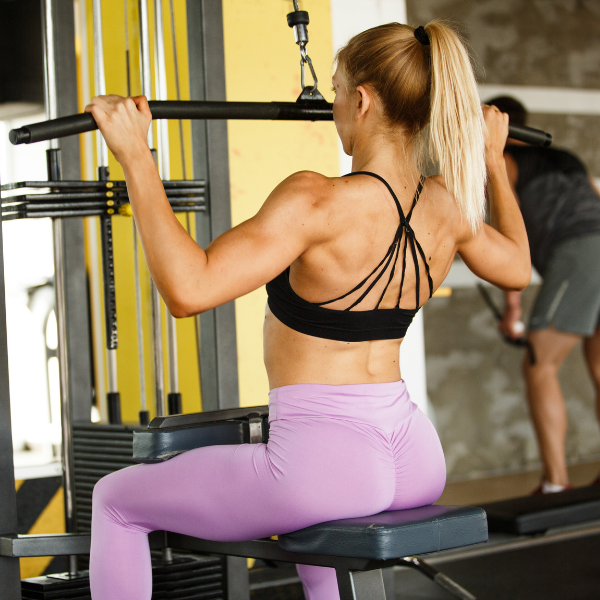
The upper/lower split is a classic training method that divides your workout into two categories: upper body and lower body. This approach allows for focused training on major upper body muscles like the chest, back, shoulders, and arms one day and lower body muscles like the quads, hamstrings, glutes, and calves on another.
By dedicating entire sessions to each, you can provide enough volume and intensity to each muscle group for effective growth.
Push/Pull/Legs Split
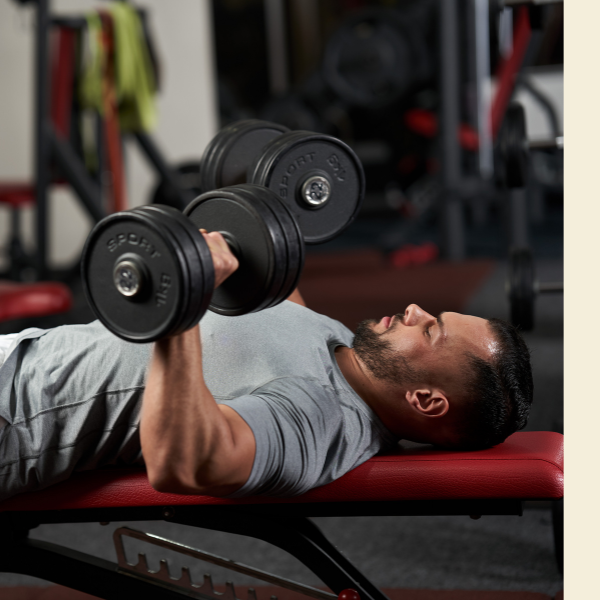
The push/pull/legs split, commonly known as PPL, organizes workouts by movement patterns. On 'Push' days, exercises focus on muscle groups used in pushing motions, such as the chest, shoulders, and triceps.
'Pull' days concentrate on muscles involved in pulling actions, including the back and biceps, with exercises like chin-ups and bicep curls.
'Legs' days are devoted to lower body training with compound exercises like squats and deadlifts. This split is ideal for increasing training frequency and achieving balanced muscle gains.
Full-Body Split

A full-body split might be the answer for those short on time or who prefer hitting the gym fewer days per week. This type of split involves working out the entire body during each session.
Full-body workouts typically include compound exercises that engage multiple muscle groups at once, providing a comprehensive training effect. While this split may require more recovery time between sessions, it can be efficient for gaining muscle and strength if structured properly.
Bro Split

The Bro Split workout routine is a classic bodybuilding regime that targets just one muscle group per session, allowing for detailed and intense focus over a typical five-day cycle: chest, back, shoulders, legs, and arms.
Each day is dedicated exclusively to exercises to maximize the hypertrophy of a single muscle group, ensuring thorough exhaustion and optimal growth. The bro split routine is ideal for those seeking substantial gains in size and strength, offering deep focus and ample recovery time before revisiting each muscle group.
Frequently Asked Questions about Workout Splits
How do I know if my workout split is effective?
An effective workout split will lead to noticeable improvements in muscle size, strength, and endurance over time. You should feel energized and not overly fatigued after your workouts. If you're making progress in your lifts, feeling good, and not experiencing excessive soreness, your split is likely working well for you. In addition, if you're able to stick to your workout schedule consistently without dreading your gym sessions, that's a good sign of an effective split that aligns with your lifestyle.
Can I combine different workout splits?
Absolutely, combining different workout routines can be beneficial, especially if you've hit a plateau or are looking to switch up your routine. For instance, you could follow an upper/lower split for a few weeks and then cycle into a push/pull/legs split for variety. This can help prevent boredom, keep your body guessing, and potentially lead to increased gains by challenging your muscles in new ways. Just make sure that your chosen combination allows for adequate recovery for each muscle group.


